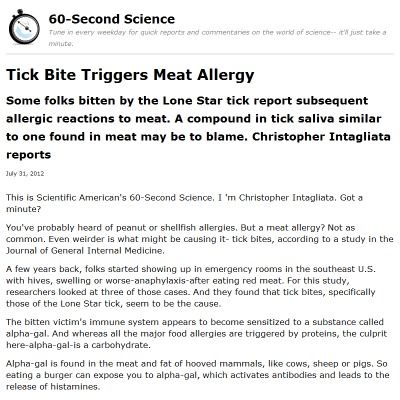
Understanding Tick Bite Lyme Disease Symptoms: A Comprehensive Guide
Dealing with a tick bite can be a daunting experience, especially when it comes to the possibility of contracting Lyme disease. Recognizing the symptoms and understanding how to manage them is crucial for your health. In this detailed guide, we will delve into the various symptoms associated with tick bite Lyme disease, helping you to be better prepared and informed.
What is Lyme Disease?

Lyme disease is a bacterial infection caused by the bacterium Borrelia burgdorferi, which is transmitted to humans through the bite of an infected black-legged tick, commonly known as the deer tick. The disease can affect various parts of the body and, if left untreated, can lead to chronic health issues.
Common Symptoms of Tick Bite Lyme Disease

After a tick bite, it’s important to monitor for the following symptoms, which may appear within three to 30 days:
| System | Common Symptoms |
|---|---|
| Early Localized Symptoms |
|
| Early Disseminated Symptoms |
|
| Late Disseminated Symptoms |
|
It’s important to note that not everyone will experience all of these symptoms, and some individuals may not exhibit any symptoms at all.
Diagnosing Lyme Disease

Diagnosing Lyme disease can be challenging, as the symptoms can mimic those of other conditions. A healthcare provider will typically perform a physical examination and may order blood tests to detect the presence of antibodies against the bacterium. In some cases, a tissue culture or polymerase chain reaction (PCR) test may be necessary.
Preventing Tick Bite Lyme Disease
Preventing tick bites is the best way to avoid Lyme disease. Here are some tips to help you stay safe:
- Wear long sleeves and pants when hiking or working in tick-infested areas.
- Use insect repellents containing DEET, picaridin, or oil of lemon eucalyptus.
- Perform tick checks after spending time in tick-infested areas.
- Remove ticks promptly using fine-tipped tweezers.
- Keep your yard well-maintained to reduce tick habitats.
Seeking Treatment for Tick Bite Lyme DiseaseSeeking Treatment for Tick Bite Lyme Disease
Early treatment for Lyme disease is crucial to prevent long-term complications. Antibiotics are the primary treatment for Lyme disease, and the type and duration of treatment will depend on the severity of the infection and the patient’s age.
Here are some key points to consider when seeking treatment:
- Seek medical attention if you suspect you have Lyme disease.
- Follow your healthcare provider’s treatment plan closely.
- Report any side effects of the medication to your doctor.
- Understand that some patients may experience persistent symptoms even after completing treatment. This is known as post-treatment Lyme disease syndrome (PTLDS) or chronic Lyme disease.
Living with Tick Bite Lyme Disease
Living with tick bite Lyme disease can be challenging, but there are ways to manage symptoms and improve your quality of life:
- Stay informed about your condition and treatment options.
- Work with your healthcare provider to develop a personalized treatment plan.
- Eng



